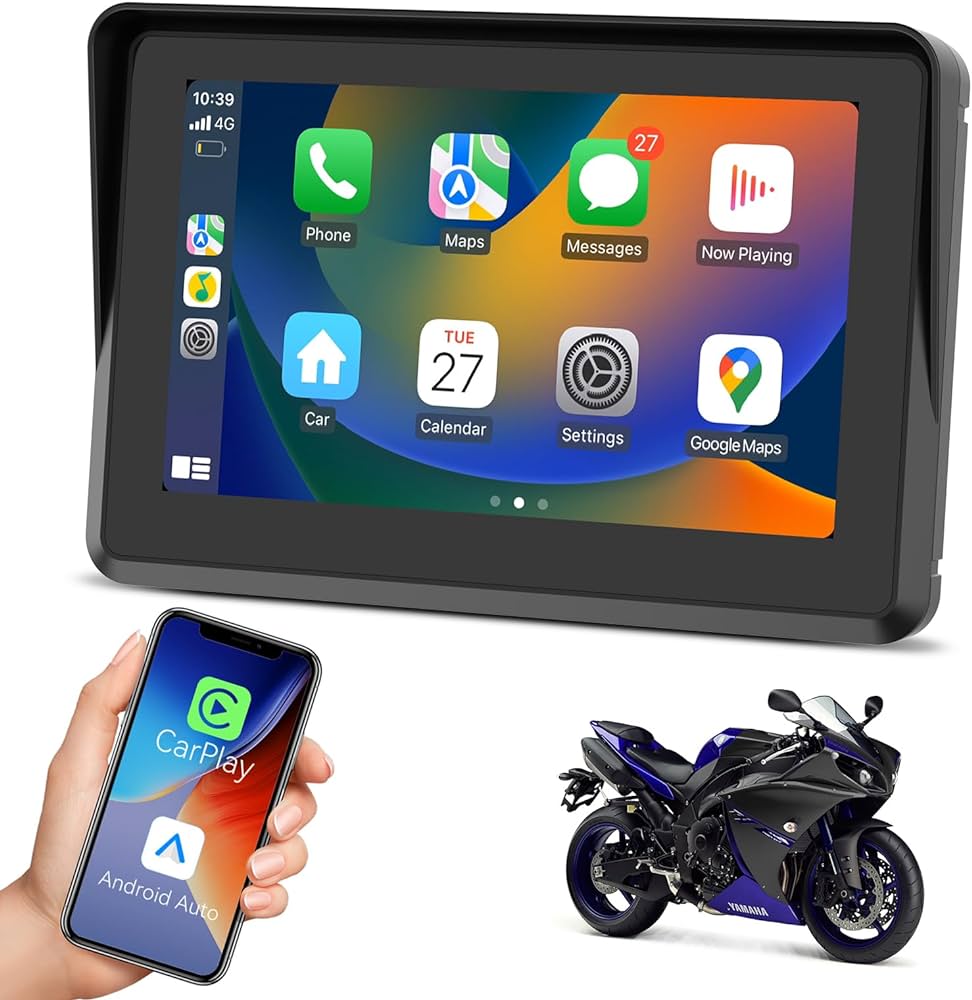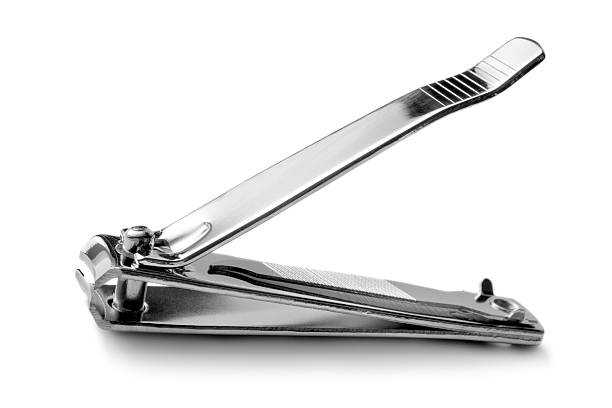A motorcycle riding system is a complete approach to ensure safety efficiency, enjoyment, and safety for those who ride. This system encompasses a range of methods, techniques and methods that are designed to enhance your riding experience and reduce the risk. Understanding how to use the motorcycle riding system is vital for novice as well as experienced riders who wish to increase their skill and knowledge.
In its fundamentals, the motorcycle riding system integrates several key components that include the skills of the rider as well as the design of the bike and its features, and the road’s conditions. Each of these elements plays an important role in ensuring a smooth and safe riding experience.
1. Rider Skills and Techniques
The foundation of any effective motorcycle riding system lies in the skills of the rider. This means mastering the fundamentals like throttle control, brakes and cornering. Advanced skills involve learning and performing complex maneuvers like emergency braking and swerving to avoid obstacles. Rider education programs and advanced training courses are vital to developing these skills. They do not just teach correct techniques but also develop confidence and decision-making abilities that are vital in riding conditions.
2. Motorcycle Design and Features
Modern motorcycles are equipped with various technological advancements created to enhance safety and performance. They include Anti-lock Braking System (ABS), Traction Control Systems (TCS), and Electronic Stability Control (ESC). ABS helps prevent wheel lock-up when braking, and TCS increases grip by adjusting engine power during slippery conditions. ESC aids in maintaining stability, particularly in difficult conditions or when turning sharply. Knowing how the systems function and how you can use them effectively is a key component of the motorcycle riding system.
3. Road Environment and Safety
The road’s conditions play an important role for your motorcycle riding system. It is important to be aware of road conditions, weather and traffic patterns. Riders must stay alert to dangers that could be present, such as potholes, debris, and changes in traffic signals. Strategies for safe riding are vital for maneuvering through complicated traffic scenarios and maintaining safety. This includes keeping a safe distance behind while scanning the road ahead, and predicting the actions of other road users.
4. Maintenance and Inspection
Regular maintenance and inspections of the motorbike are crucial components of a riding experience. Making sure the bike is in optimal condition can avoid mechanical problems and accidents. Routine checks include inspecting the level of brake fluid, tire pressure levels and overall mechanical integrity. A well-maintained motorcycle not only enhances safety but also extends the life of the bike.
In essence, the motorcycle carplay is an integrated method that blends riding skills, features of the motorcycle such as road awareness, regular maintenance. Through understanding and implementing these aspects that riders can greatly improve their safety and overall experience. Whether you’re a novice or a seasoned rider, knowing how to master your motorcycle riding system is key to enjoying the open road with confidence and security.



